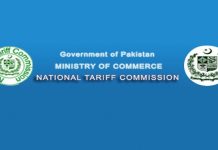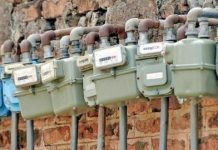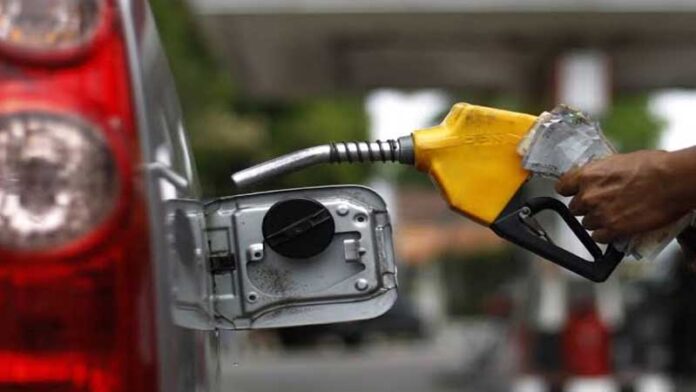ISLAMABAD: Petroleum product prices are expected to rise significantly from October 1, 2025 according to industry sources. Both ex-refinery and ex-depot rates are projected to increase, driven by a surge in global crude oil prices and a slight depreciation of the Pakistani rupee against the US dollar.
If approved, this adjustment will further strain household budgets, especially for low- and middle-income families who are already grappling with record-high inflation, soaring power tariffs, and skyrocketing food prices.
The ex-refinery price of petrol is expected to rise by Rs1.97 per liter, from Rs160.93 to Rs162.90, reflecting a 1.2% hike, while high-speed diesel (HSD) is expected to increase by Rs2.48 per liter, climbing from Rs172.65 to Rs175.13, representing a 1.4% jump.
Kerosene oil is set to face the steepest increase, with its price projected to rise by Rs4.66 per liter, from Rs151.62 to Rs156.27, a 3.1% surge. Light diesel oil (LDO) will also edge up by Rs1.76 per liter, moving from Rs141.63 to Rs143.39, a 1.2% rise.
This shift in refinery rates will directly push up ex-depot prices, which represent retail costs for consumers. Petrol’s ex-depot price is likely to move from Rs264.61 to Rs266.58, a Rs1.97 per liter or 0.7% increase. Diesel will increase by Rs2.48 per liter, from Rs272.77 to Rs275.25, marking a 0.9% hike. Kerosene oil’s ex-depot price will jump by Rs4.65 per liter, from Rs179.96 to Rs184.61, a 2.6% rise. Light diesel oil is expected to climb from Rs163.42 to Rs165.18, an increase of Rs1.76 per liter or 1.1%.
The hike in diesel prices is likely to have a ripple effect across the economy, as diesel is extensively used in freight and public transport. This will push up transportation costs, which will ultimately be passed on to consumers in the form of higher prices for essential goods, including vegetables, grains, and other daily necessities.
Kerosene oil, still widely used by low-income households for cooking and heating, will also become more expensive, pushing the poorest segments of society deeper into energy poverty.
Industry sources attribute the expected hikes primarily to global crude oil price trends, which have remained elevated due to supply concerns in major oil-producing regions. A slight depreciation of the Pakistani rupee against the dollar has added further pressure to import costs. The international oil market has shown volatility in recent months, with OPEC+ production cuts and geopolitical risks continuing to drive uncertainty.
“The primary drivers are external,” said an industry source, adding that when the global market goes up, Pakistan has little room to maneuver, especially given its dependence on imports and the weak exchange rate.
Industry sources have also urged the government to provide relief by adjusting tax rates and petroleum levies to cushion the impact for ordinary citizens.
“This is not just a price revision — it’s a question of survival for millions,” said another industry source. “The government must step in to prevent this crisis from worsening.”
“This increase will break the back of common people who are already struggling to pay electricity bills and buy basic food items,” said Asghar Ali, a rickshaw driver from Rawalpindi. “Every time diesel prices go up, everything becomes more expensive — from bread to bus fares. We can’t take this anymore.”
It is pertinent to mention that petrol, diesel, and other petroleum product prices are set to become a central factor in Pakistan’s inflation outlook, with the October 1 adjustment likely to test both consumer resilience and government response.
With inflation already running high and wages stagnant, the upcoming fuel price hike threatens to push more households into financial distress, making daily survival an even greater challenge for the masses.
























